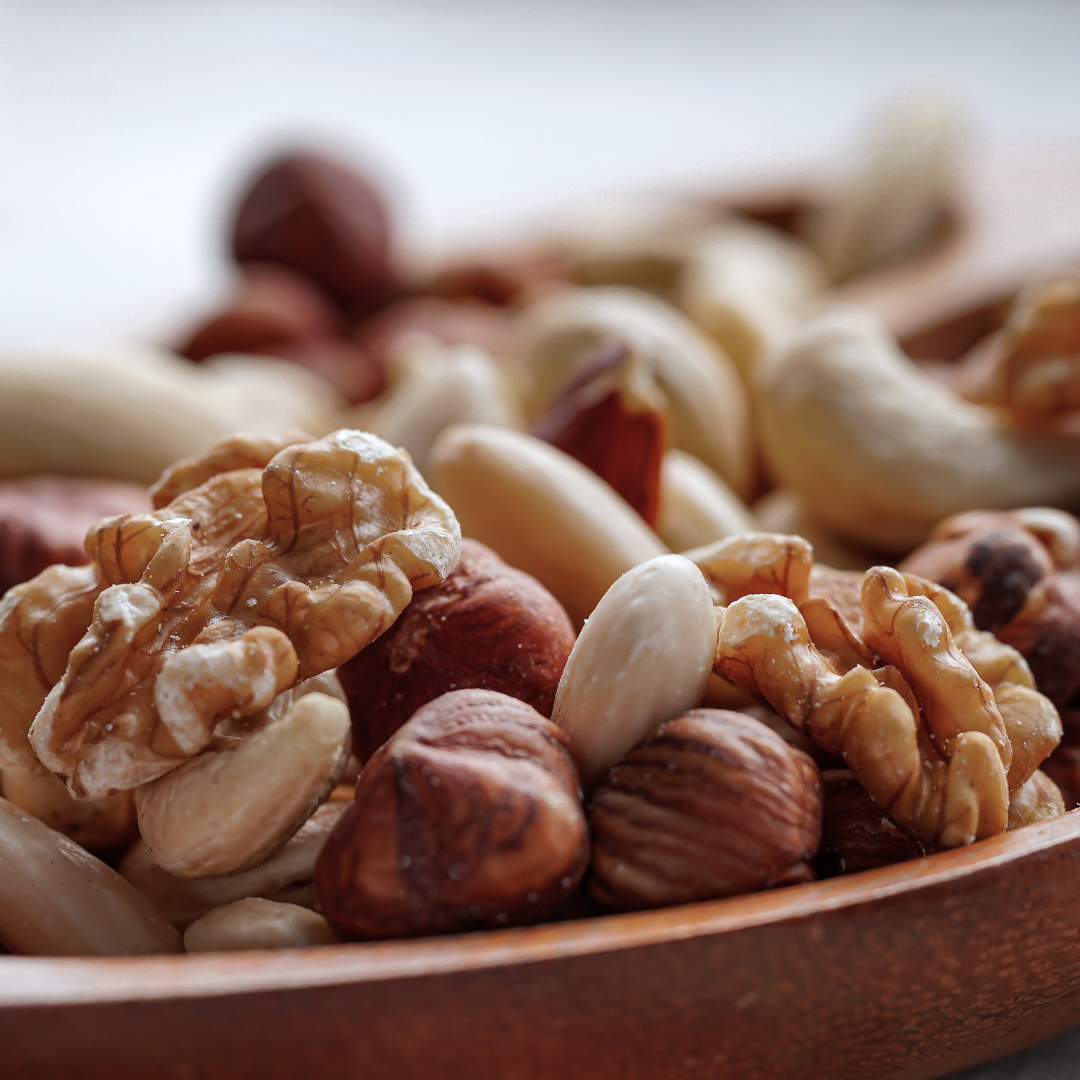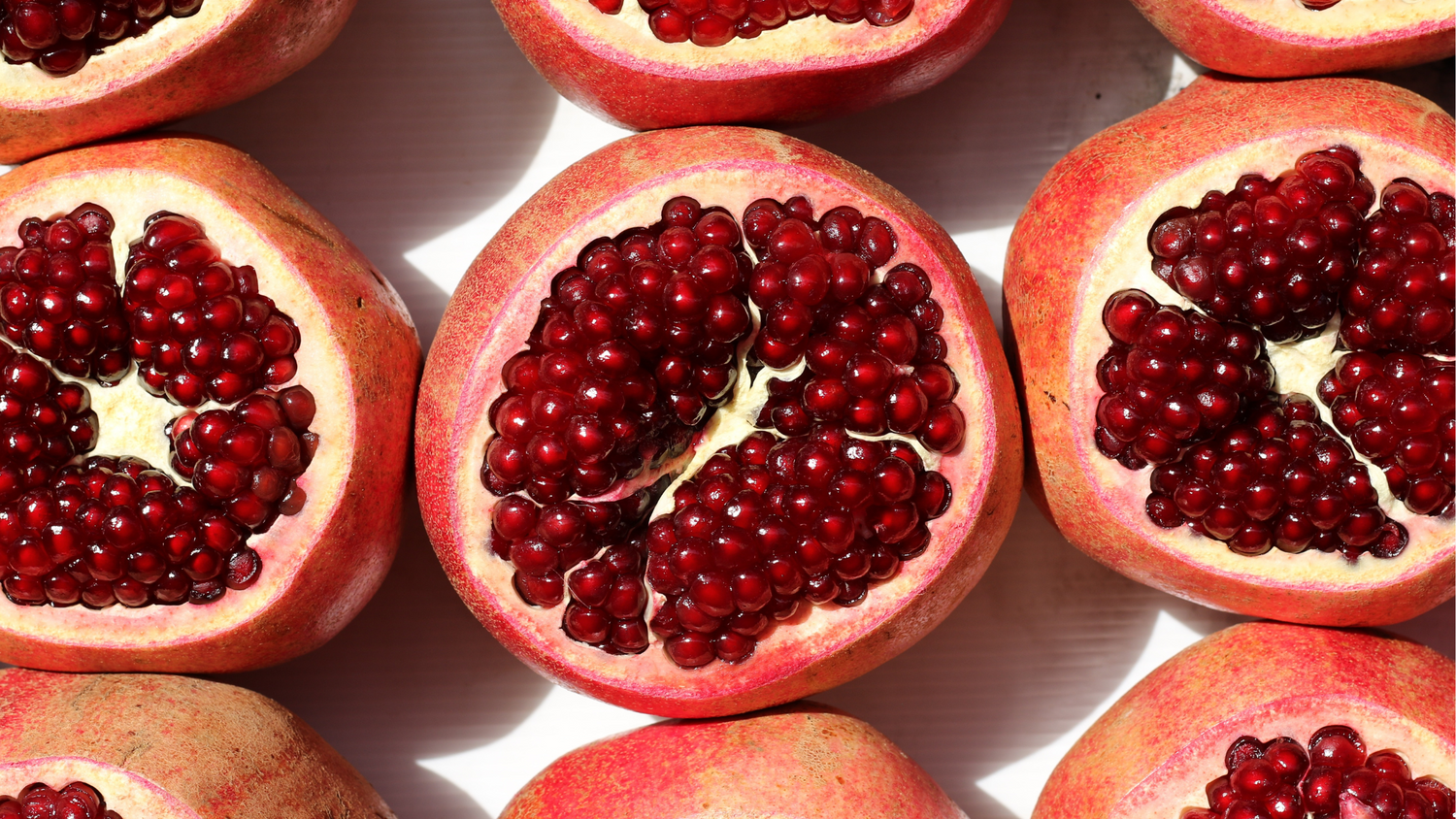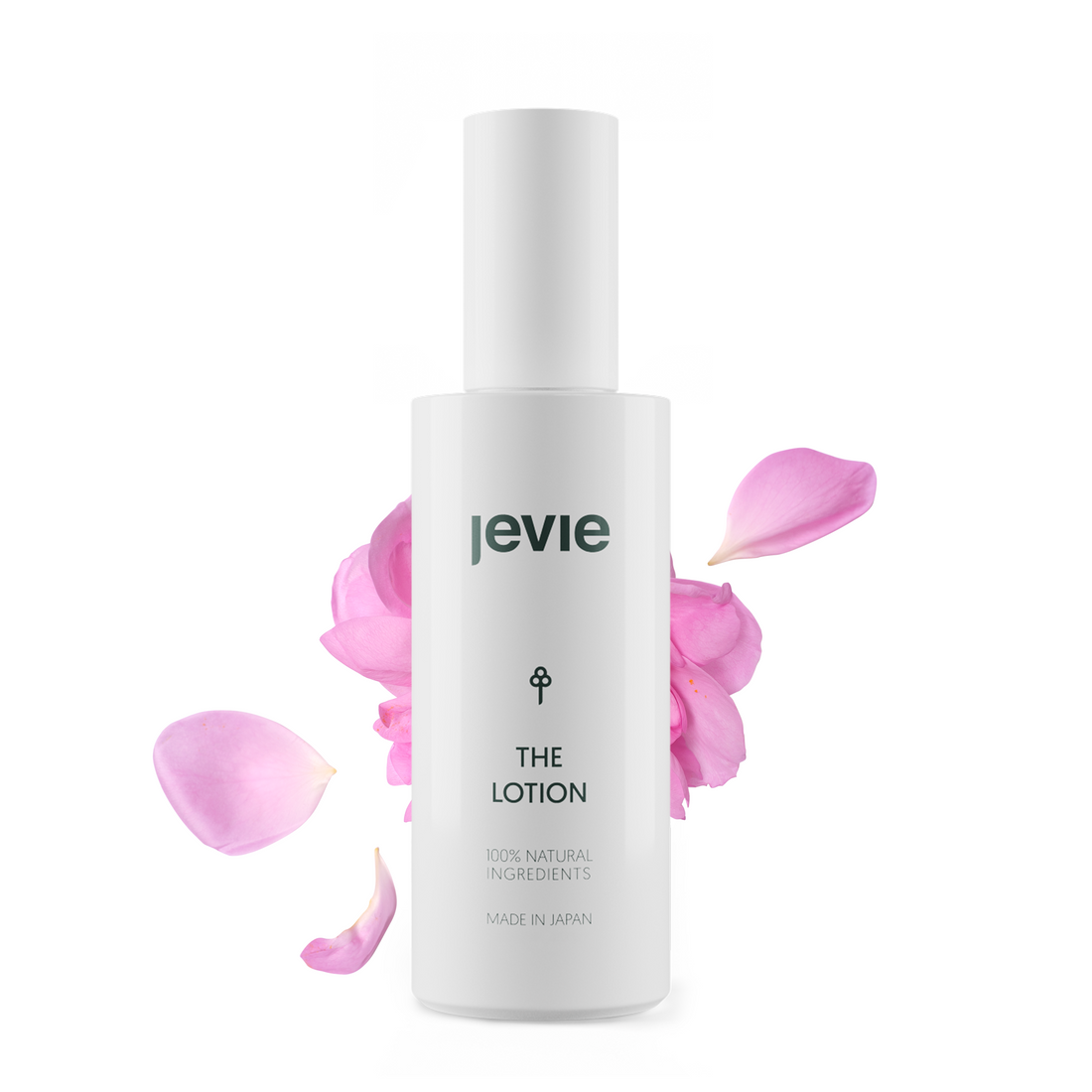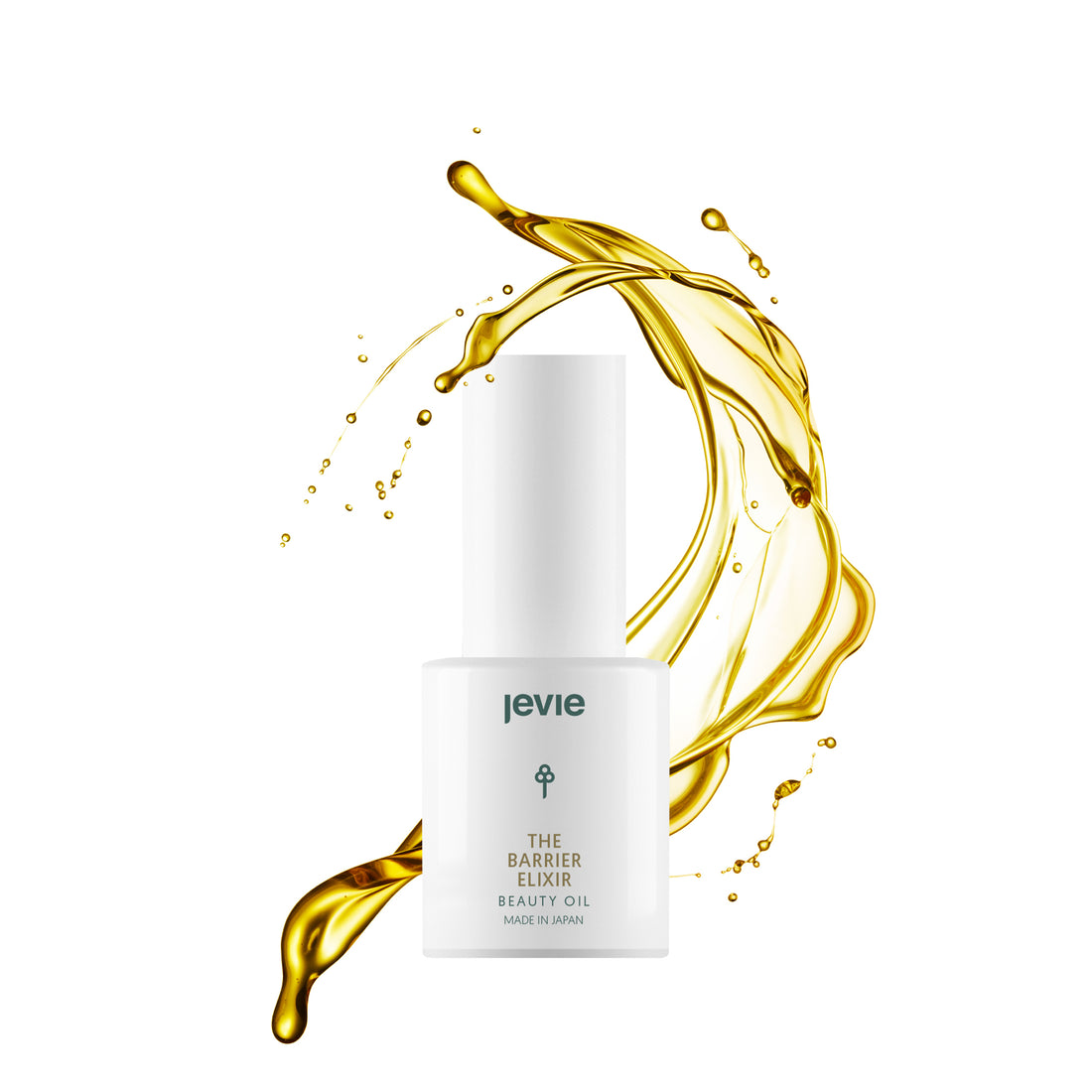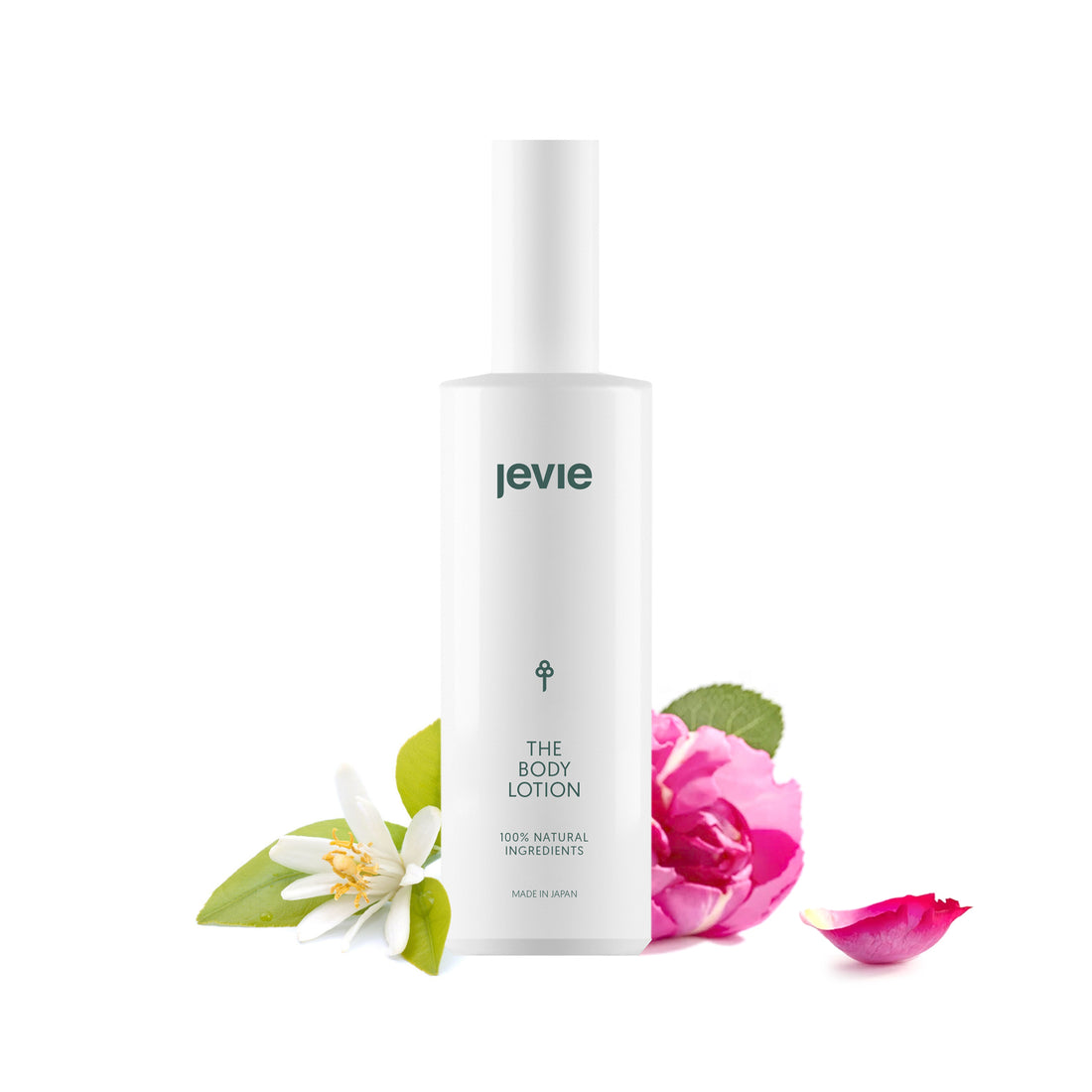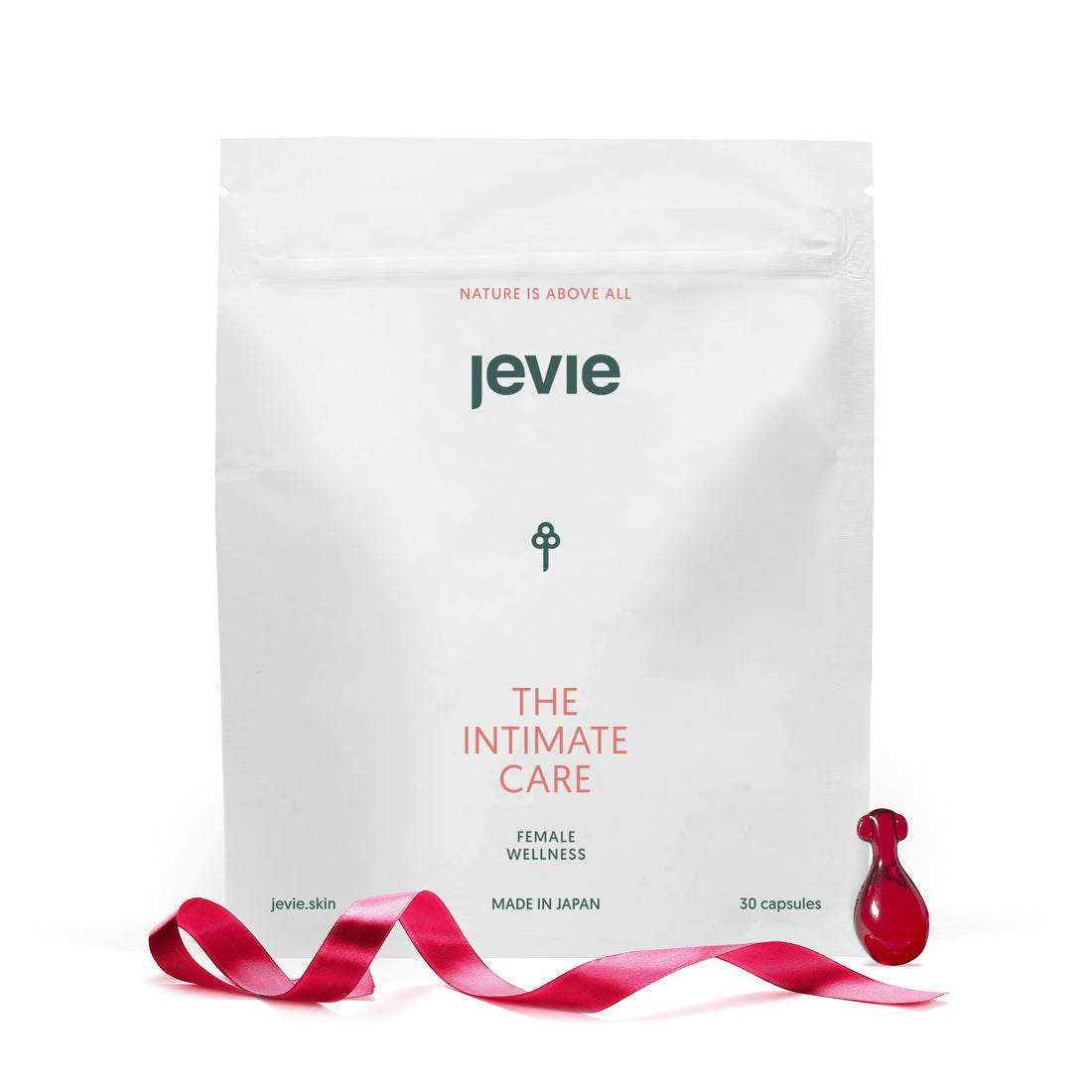Nuts have long been celebrated as a nutritional treasure, packed with beneficial fats, proteins and an array of vitamins and minerals. They are the snack of choice for health enthusiasts and a recommended staple in many diets for their myriad of health benefits. However, nestled within these bite-sized powerhouses is a lesser-known aspect that often goes unnoticed: the presence of antinutrients. This article delves into the dual nature of nuts, shedding light on the antinutrients they contain, their implications and how you can enjoy your favorite nuts without compromise.
Antinutrients in nuts
While it may sound like a cause for concern, these naturally occurring compounds are simply part of a plant's defense system, designed to protect it in the wild. When we consume nuts, these same compounds, such as phytic acid, tannins and oxalates, can sometimes interfere with how well our bodies absorb essential minerals and nutrients. For example, phytic acid has a knack for binding to minerals like iron and zinc, reducing our ability to fully utilize them. Meanwhile, tannins can complicate the digestion of proteins and the uptake of iron.
Spotlight on Popular Nuts
Almonds
High in phytic acid and oxalates, almonds are at the forefront when discussing antinutrients in nuts. They require attention to preparation to reduce these compounds.
Walnuts
Known for their significant phytic acid content, walnuts also contribute to the antinutrient conversation, albeit with beneficial nutrients that counterbalance these effects.
Cashews
Moderately high in phytic acid, cashews are delicious yet require some preparation to minimize antinutrient impact.
Hazelnuts
With lower levels of phytic acid, hazelnuts are a great option for those concerned about antinutrients.
Peanuts
Although technically legumes, peanuts share the spotlight in nut discussions due to their phytic acid content.
Essential Tips Against Antinutrients
Soaking
Submerge nuts in water for several hours to significantly reduce their antinutrient content. This activates enzymes that break down phytic acid, improving nutrient availability.
Sprouting
Advance from soaking by allowing nuts to germinate, further decreasing antinutrient levels. This enhances the nuts' nutritional profile and digestibility.
Roasting
Heat nuts through roasting to not only add a delightful crunch but also reduce antinutrient levels, making it a favored preparation method.
Timing Matters
Consume nuts as a separate snack, not with mineral-rich meals. This practice prevents antinutrients in nuts from hindering the absorption of minerals from other foods. By eating nuts at different times, you enhance the overall uptake of nutrients in your diet, making the most of both your snacks and meals.
Nuts are undeniably a nutritious and convenient snack, offering a wealth of health benefits. While the presence of antinutrients may seem like a drawback, understanding and applying simple preparation techniques can significantly reduce their impact. By soaking, sprouting or roasting nuts, you can unlock their full nutritional potential, making them an even more valuable addition to your diet. So, go ahead and crack open the benefits of nuts, armed with the knowledge to maximize their healthful properties.


